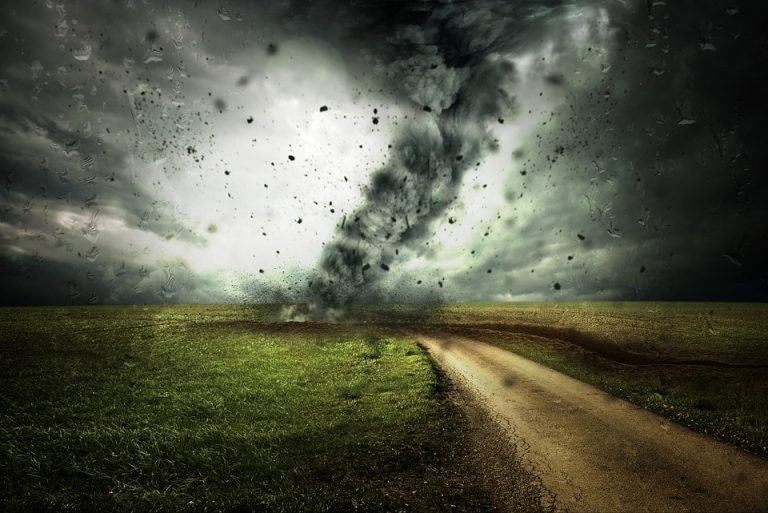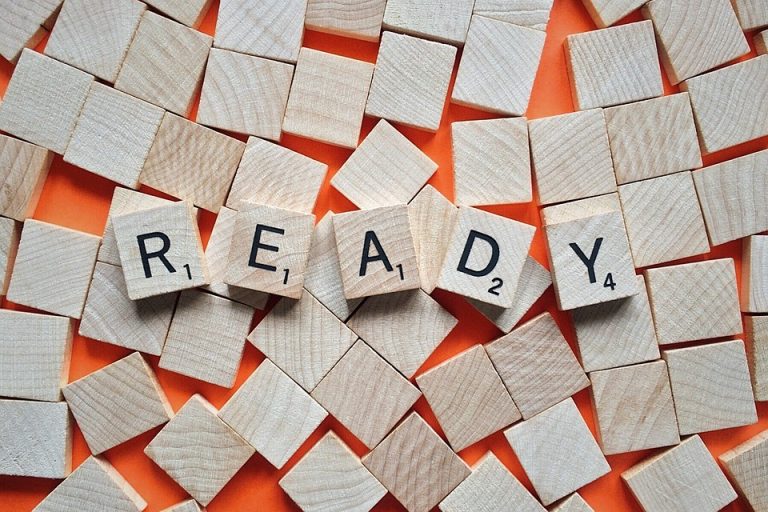In an increasingly uncertain world, being prepared for civil unrest is a crucial aspect of emergency preparedness. While we all hope for peace and stability, it’s wise to plan for the unexpected. In this article, we’ll explore practical steps to help you and your family prepare for times of civil unrest, including self-defense options that prioritize personal safety and de-escalation.
Create an Emergency Plan
The foundation of any civil unrest preparedness strategy is a well-thought-out emergency plan. This plan should involve your entire family or household and consider the following elements:
- Communication: Establish a communication plan for family members to check in with during a crisis. Ensure everyone has a list of important phone numbers, including emergency services, and knows how to use emergency communication apps.
- Evacuation Routes: Identify multiple evacuation routes from your home and plan for transportation options. Ensure that everyone in your family knows these routes and has a designated meeting point in case you get separated.
- Emergency Supplies: Stock up on essential supplies, such as non-perishable food, water, first-aid kits, flashlights, batteries, and any necessary medications. Rotate these supplies regularly to keep them fresh.
Stay Informed
Keep yourself informed about local and national news to monitor any developments related to civil unrest. Utilize various information sources, such as news websites, social media, and emergency alert systems, to stay updated on the situation.

Avoid High-Risk Areas
Prevention is often the best form of self-defense. Avoid high-risk areas and large gatherings when possible. If you must travel through potentially dangerous areas, do so with caution and consider alternatives whenever feasible.
Self-Defense Options
While self-defense is a critical aspect of civil unrest preparedness, it should always prioritize personal safety and de-escalation over confrontation. Here are some self-defense options to consider:
- Personal Safety Training: Enroll in self-defense classes that teach you how to protect yourself and your loved ones without resorting to violence. Techniques such as situational awareness, conflict resolution, and de-escalation can be invaluable.
- Non-Lethal Tools: Consider non-lethal self-defense tools, such as pepper spray, personal alarms, or tasers. These can provide you with a means to deter potential threats while minimizing the risk of serious harm.
- Home Security: Ensure your home is secure by installing robust locks, reinforcing doors and windows, and setting up a home security system. Knowing your home is a safe haven is a vital component of civil unrest preparedness.
- Concealed Carry: If you are comfortable with firearms, consider obtaining the necessary permits and training to carry a concealed weapon legally. Remember that firearm use should always be a last resort and, if possible, avoided through de-escalation techniques.
Community Engagement
Build a network of trusted neighbors and friends who can support one another during times of civil unrest. Having a community that looks out for each other can be a significant source of security and emotional support.
Conclusion
Learning to prepare for civil unrest is about more than just self-defense; it’s about staying informed, having a plan, and creating a safe and secure environment for you and your loved ones. Prioritize personal safety and de-escalation in any self-defense strategies you employ. Remember, the goal is to protect yourself and your family while minimizing harm and contributing to a safer community.



